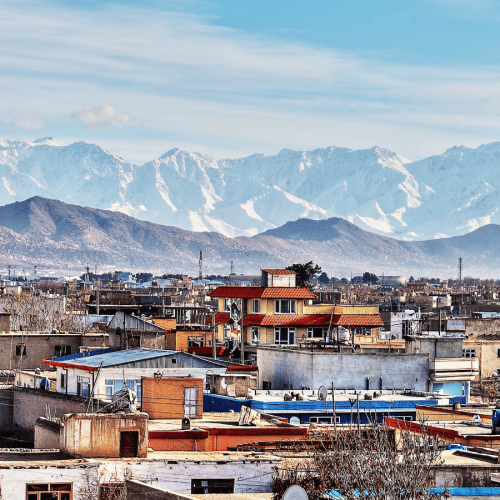
The Norwegian Centre for Humanitarian Studies (NCHS) would like to thank all those who contributed to the NCHS Research Network in the period 2019-2023, and more broadly to the Centre’s success and achievements over the past 12 years.

Tune into the latest episode of Talking Humanitarianism as Dr. Ritesh Shah explores the contested landscape of aid and influence within education in emergency settings.
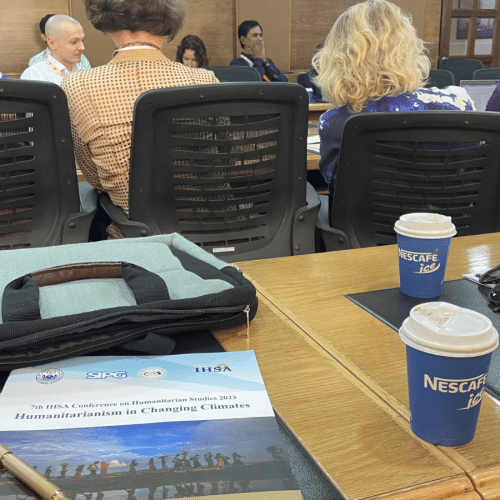
The biennial International Humanitarian Studies Association Conference was held recently in Dhaka, Bangladesh and online, with several NCHS associations contributing.
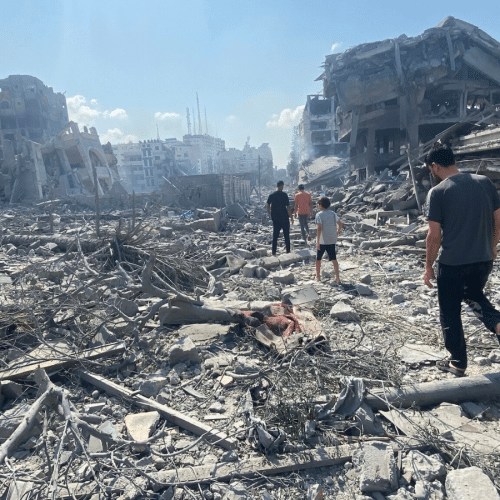
With the humanitarian situation in Gaza becoming more critical by the day, two upcoming seminars will discuss the imperative of a humanitarian ceasefire and what the conflict might mean for the future of Palestine and Israel.

A new book investigates the digital transformation of aid as a form of humanitarian extractivism and how this shifts power towards states, the private sector and humanitarians.
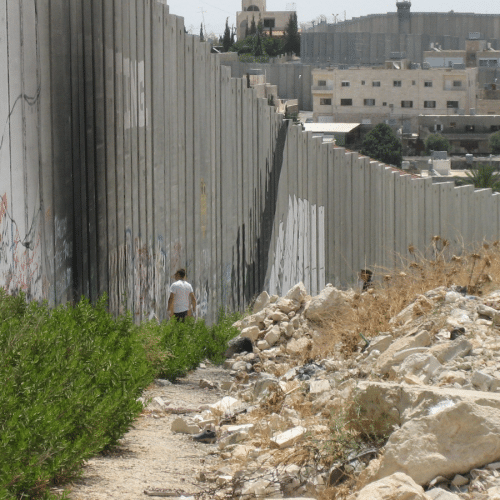
In this PRIO blog, Jørgen Jensehaugen examines the repercussions of the looming collapse of parts of UNRWA.
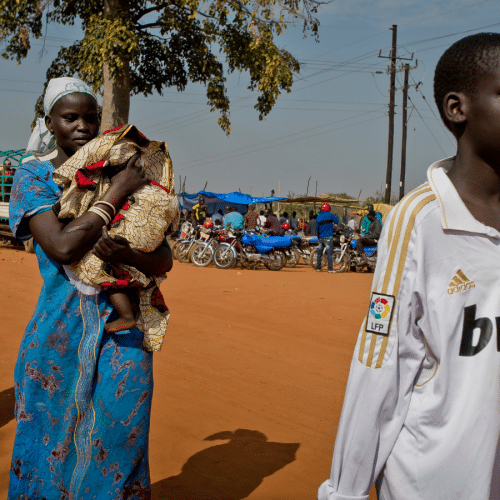
Join this PRIO seminar to explore what shapes refugee journeys, what struggles do they face along the way and what influences their decision making.

PRIO researchers urge development agencies, civil society and humanitarian workers to join the conversation about AI and its consequences for humanitarian work.
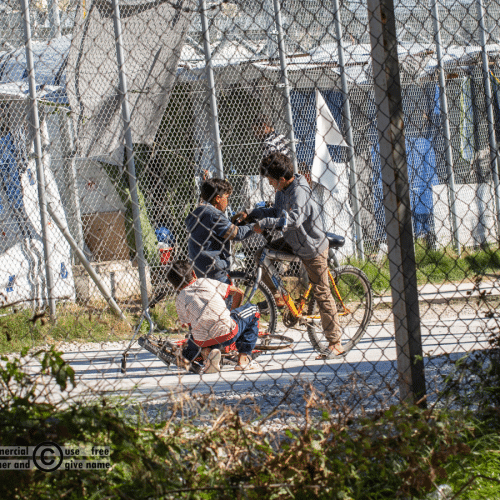
In this episode of Talking Humanitarianism, Heidi Mogstad talks to psychologist for Doctors Without Borders, Katrin Glatz Brubakk, about her recent mission to Lesvos and impressions from assisting refugees in the ‘new Moria’.

In this episode of Talking Humanitarianism, Mr. Itonde Kakoma is in conversation with Dr. Salla Turunen providing his reflections on how the IFRC is situated within the humanitarian landscape, particularly regarding humanitarian diplomacy and multilateral engagement.
A staggering 72 million children—17% of the 426 million children living in conflict areas globally, or 1 in 6—are living near armed groups that have been reported to perpetrate sexual violence against children. That means 3% of all children in the world are living at risk for sexual violence in a conflict zone.
This is one of the figures of wartime risk reported in Save the Children’s 2021 report ‘Weapon of War: Sexual Violence Against Children in Conflict’. The figure is based on a new study conducted at the Peace Research Institute Oslo (PRIO).
concerning upward trend
This background study not only reveals an alarming reality, it identifies a concerning upward trend. This is a global problem that requires urgent attention. There are too few studies focusing on this problem or systematically documenting how children are victimized by sexual violence – directly or indirectly, how prevalent this is, and what the consequences are.
Globally, we estimate that in 2019 about 426 million children lived in a conflict zone, 50 kilometers or closer to violent conflict events. In some of these conflicts, the armed actors commit acts of sexual violence. A large majority of the conflicts with reports of sexual violence in recent years also have reports of children among the victims/survivors of sexual violence by armed actors.
The Sexual Violence in Armed Conflict (SVAC) dataset provides systematic data on the reported prevalence of sexual violence, and which conflict actors have been reported to commit sexual violence against children. The updated SVAC data covers all armed conflicts in the years 1989-2019.
Due to data limitations we do not know exactly how many children have been victimised of sexual violence, only where it has been reported and how pervasive the problem seems to be. Based on this, and using specific information on the location and timing of conflict events and population density we estimate how many children live in areas where conflict actors commit sexual violence against children.
The figure of 72 million children reflects the specific risk associated with sexual violence by actors directly involved in armed conflict, and does not account for risk of sexual violence committed by other types of perpetrators, such as sexual violence by criminal gangs, peacekeepers, law enforcement, or domestic sexual violence.
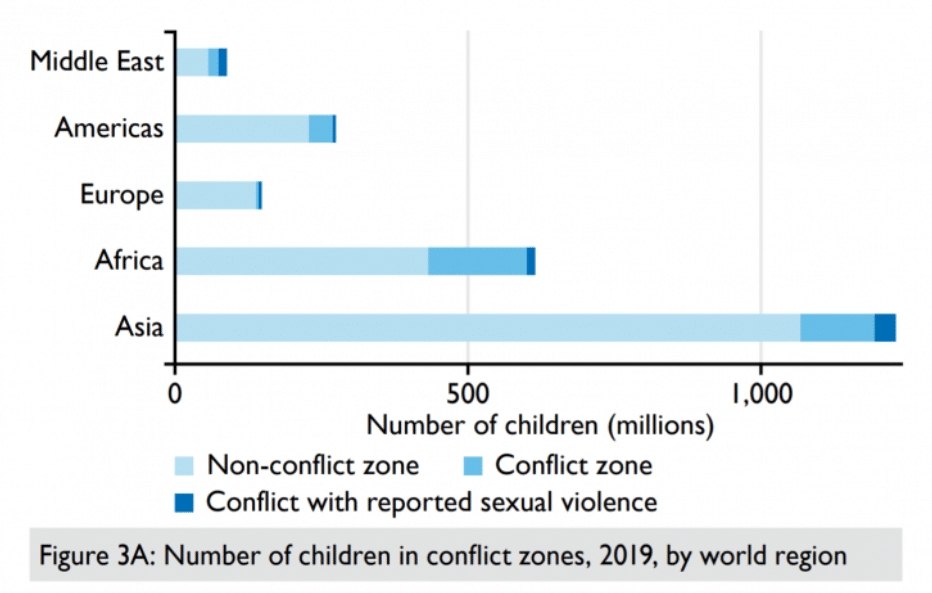
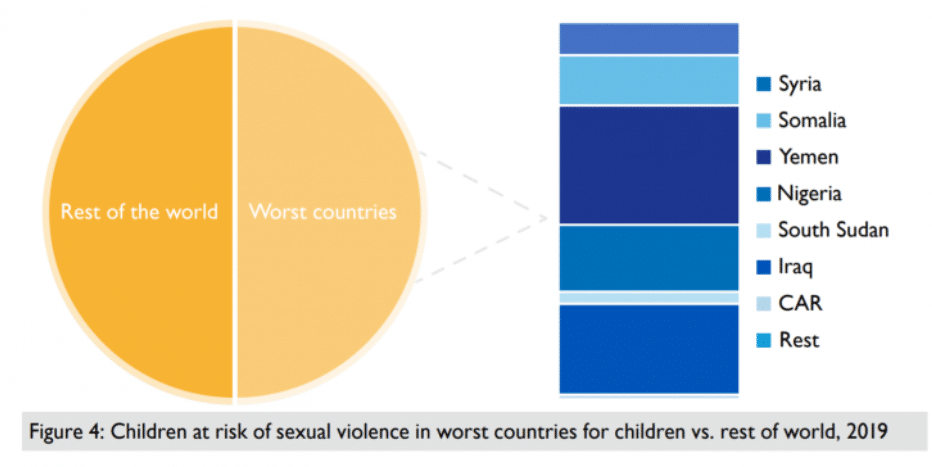
Sexual violence against children is a global problem that requires urgent attention. Policy makers, human rights defenders, and other actors need to devote more resources and dedicated attention to this vulnerable group of war victims to reduce the harm of war to children.
Specifically, we offer three recommendations:
As the child population at risk of wartime sexual violence seems to be increasing, the imperative to take action is more urgent than ever. As a member of the UN Security Council, and chairing the working group on Children in Armed Conflict, Norway now has a golden opportunity to contribute to this end. The Norwegian Minister of Foreign Affairs, Ine Eriksen Søreide, has promised to bring up the results from the report at the UN Security Council demanding that perpetrators of sexual violence in conflict be held accountable.